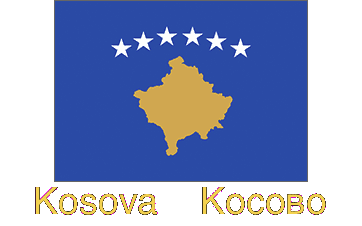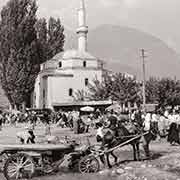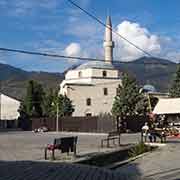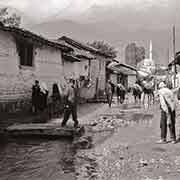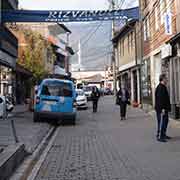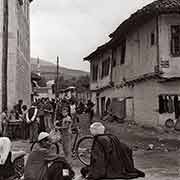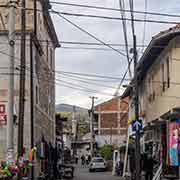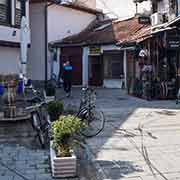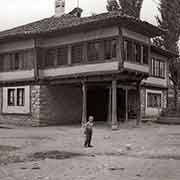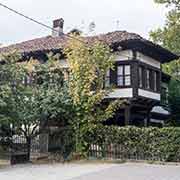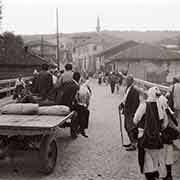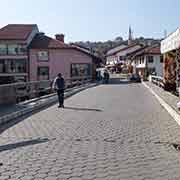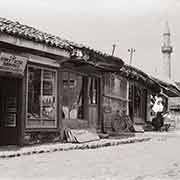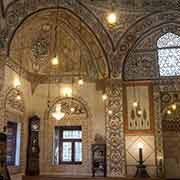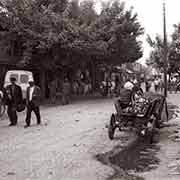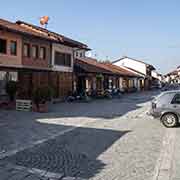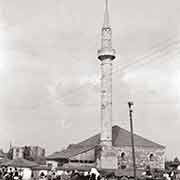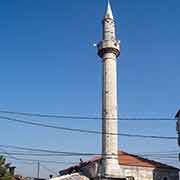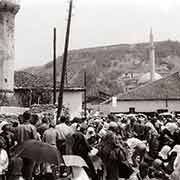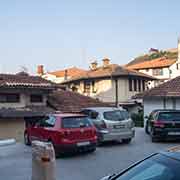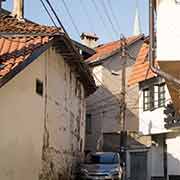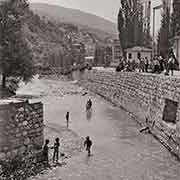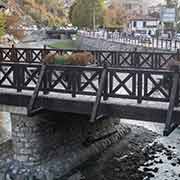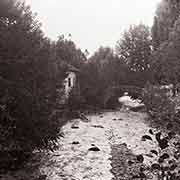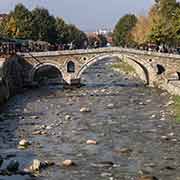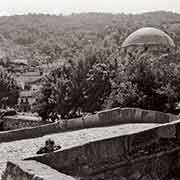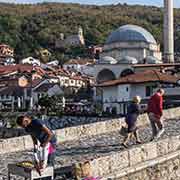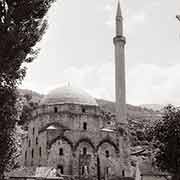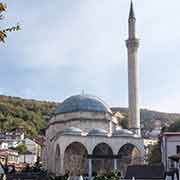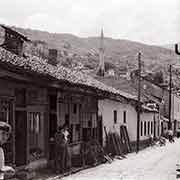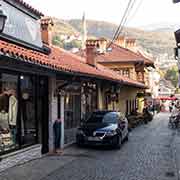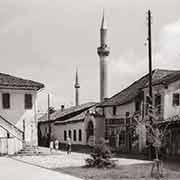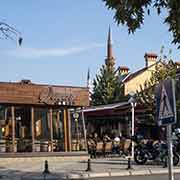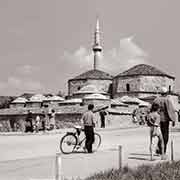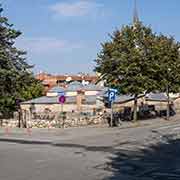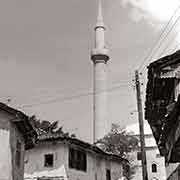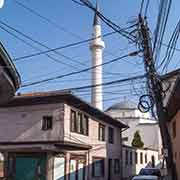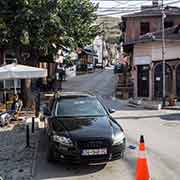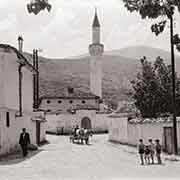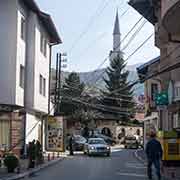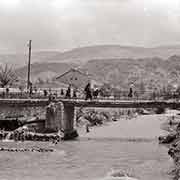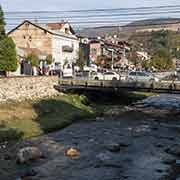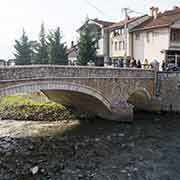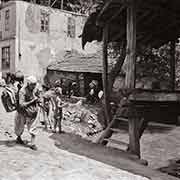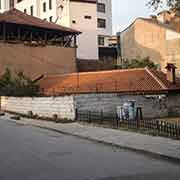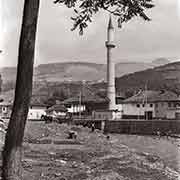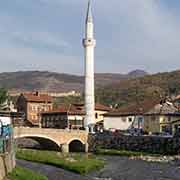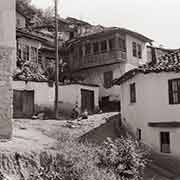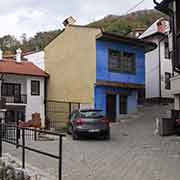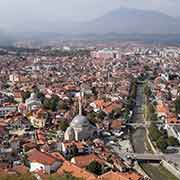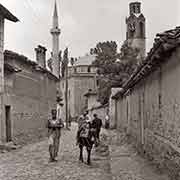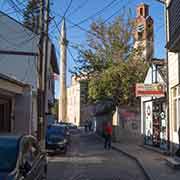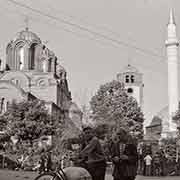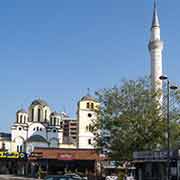Photos of Kosovo, returning after half a century
Returning after half a century
In 1967 and 1969, when the black-and-white photos were taken, Kosovo was an autonomous region within the Yugoslav Republic of Serbia. There were few cars, but many donkeys and horses and many people wore traditional dress. Half a century later, in 2018, Kosovo was independent, and I went back to look for the same places I had photographed before. These photos show, side-by-side, what it looked like half a century ago and today. These are all taken from the same angle, as far as possible. In some cases, it was difficult, with new buildings blocking the old view or significant changes in the appearance. However, in all cases, the locals agreed that these photos were taken from the same point. Each photo shows the date it was made.
you may then send it as a postcard if you wish.
Peja (Peć) is the second largest city in Kosovo, and it was striking to see the once muddy streets neatly paved. Water that used to run on the roads now flowed in underground ducts. The main mosque, badly damaged during the 1999 Kosovo war, is being refurbished by a Turkish company.
Gjakova (Ðakovica), in western Kosovo between Peja and Prizren, suffered great physical destruction and human rights abuses by Serbian forces against the local Albanian population. The Çarshia e Madhe, Gjakova's old bazaar was destroyed by fire during 1999. The Serbs burnt down the library and the religious school of the Hadum mosque. Its minaret was shot off by Serb soldiers using a shoulder-launched missile. Now, it is rebuilt, and the shops in the bazaar are restored.
Prizren, called Kosovo's most Oriental City, escaped most of the damage in the 1999 war. Serbian forces destroyed the most significant Albanian cultural monument in Prizren, the League of Prizren building. During the unrest in 2004 Serb cultural monuments such as old Orthodox Serb churches like Our Lady of Ljeviš from 1307, the Church of the Holy Salvation and the Church of St. George (the city's largest church) were targeted by Albanians and most Serbs were expelled.
Prishtina (Priština), Kosovo's capital, in 1999 suffered from large scale expulsions of ethnic Albanians, but after the war, the tables had turned, and most Serbs had fled. The 15th Century Xhamia e Mbretit (Imperial mosque) was recently refurbished by the Turkish Cooperation and Coordination Agency (TİKA).
Ferizaj (Uroševac) in southern Kosovo was unique because of a mosque and Serbian Orthodox church side-by-side. However, the St. Uroš Orthodox Cathedral, had been built from 1929 and 1933 on land that belonged to the Big Mosque of Mulla Veseli (built in 1891). After the war and inter-communal unrest, almost all Serbs have left. But the church, looted and set on fire, has now been repaired.


